Xolo has announced the new Play 6X-1000 with the Android 4.4 KitKat update. But the highlight of this phone is its hexa-core MediaTek chipset. At Rs 14,499, this smartphone is all set to compete with the Karbonn Titanium Hexa another hexa core device which too is available for around the same price.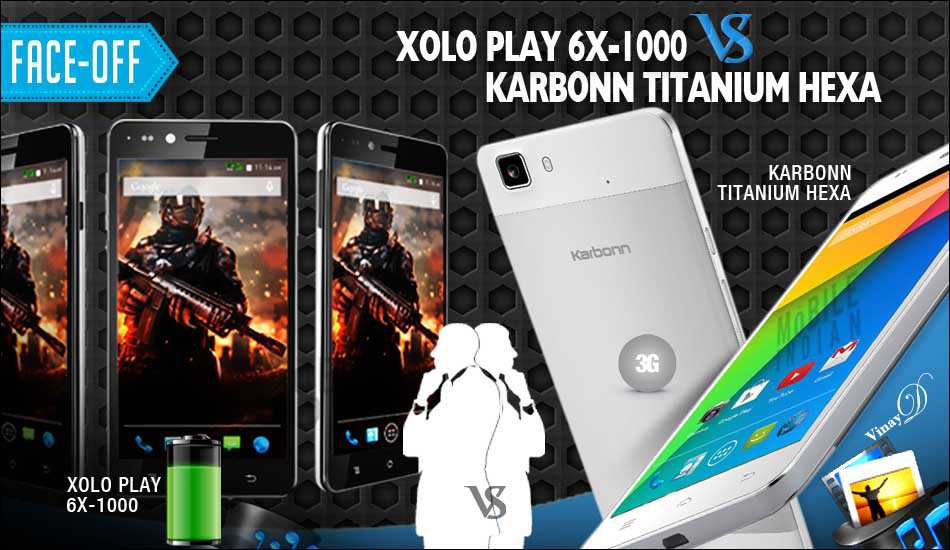
How do both hexa-core devices look against each other? We take a cosmetic look at the basic hardware of both the devices offered.
Design
Xolo has take the usual run of the mill design approach with the Play 6X-1000 handset. The usual finesse in the handset to make it appear slightly premium is kind of missing. The Xolo Play 6X-1000, which comes with rounded corners, offers three capacitive buttons in the front. The camera module placement is at the center on the upper side of the back. Measuring 8.5 mm thick, Play 6X-1000 is quite a slim phone for the screen size.
On the other hand, Karbonn Titanium Hexa is quite slim, measuring 6.9 mm. Apart from that, the Titanium Hexa has the metallic appearing accents at the rim to give it more premium look. Even the camera placement is slightly different – on the left side at back in the Hexa. Even this phone has three capacitive menu buttons in the front.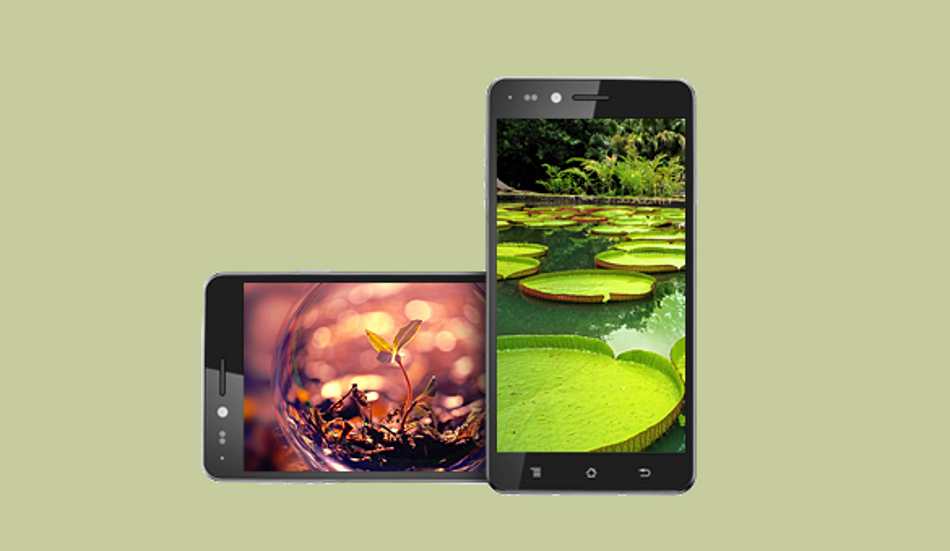
Presence of capacitive menu buttons is a bleak reminder of the uncertainty of these devices getting the next major ‘Android L’ updates. Unless both companies think otherwise. Even in that case, the presence of capacitive button will push the purported development of Android L update for these devices by couple of weeks at least.
In a nutshell, Titanium Hexa remains to be the slim hexa-core smartphone with a more premium appeal.
Hardware
Co-incidentally, Xolo and Karbonn have used the same mobile Chipset inside their respective devices. Xolo Play 6X-1000 has been powered with hexa-core 1.5 GHz MediaTek MT6591 mobile chipset coupled with Mali 450MP4 GPU for graphics. Similarly, Karbonn has integrated a hexa-core 1.5 GHz MediaTek MT6591 mobile chipset with Mali 450MP4 GPU for graphics.
Both handsets offer 2 GB RAM to go along with the hexa-core mobile chipset. Even the internal storage comes to 8 GB on both devices and of course there is a Memory card slot to add more storage.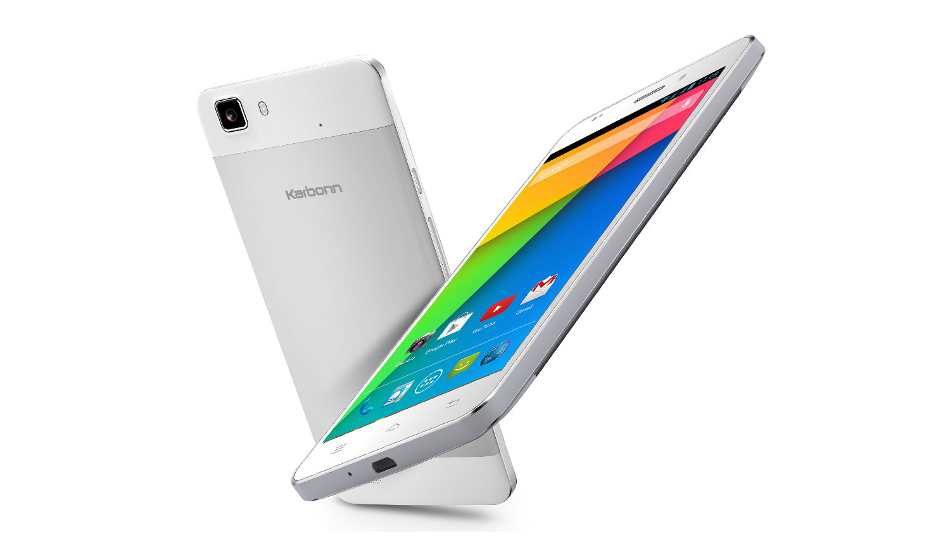
Xolo Play 6X-1000 offers a 5-inch IPS display with 1280×720 pixel resolution support and offering Pixel density of 294 pixels per inch. The display support multi-touch for up to five fingers. Meanwhile, the Titanium Hexa has 5.5-inch display with 1920×1080 pixel resolution support and thus offers pixel density of 401 pixels per inch. Undoubtedly, the Titanium Hexa has a better pixel density offering display compared to the Play 6X-1000.
Both smartphones support Dual-SIM configuration and offer similar set of features such as WiFi, Bluetooth 4.0 and GPS with A-GPS support. In fact, both offer USB on-the-go support when used with USB OTG cable.
When it comes to hardware, Titanium Hexa is half a step ahead with higher pixel density offering display.
###PAGE###
Software
Both smartphones arrive with the Android 4.4 KitKat running on top of it. In past, both companies have performed minimal skinning on the top of the Android. However, one can easily expect bunch of pre-loaded system apps for file management, power management and other purposes. In coming months, we can get to know whether both of these devices will be getting the next major Android L update or not.
Camera
Xolo has packed an 8 Megapixel camera comprising of BSI 2 sensor and tags along the LED flash in the Play 6X. The camera comes with the regular set of imaging features such as HDR, Face Recognition, Scene detection, Panorama, and even Low light enhancement. Even it can record full HD (1080p) videos. In the front is a modest 2 megapixel camera for video calling purpose.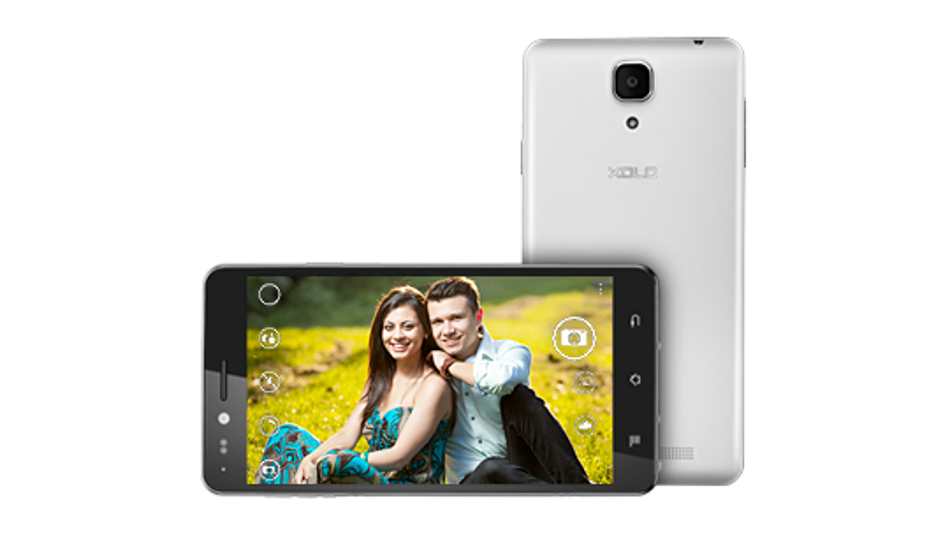
Karbonn’s Titanium Hexa offers a 13 megapixel camera with LED Flash and it offers some features such as smile detection. While camera may have higher pixel count, but not necessarily would deliver better results. Karbonn has placed 5 megapixel camera in the front to let the users enjoy some self portraits.
Though Karbonn has offered slightly better imaging hardware, only real world results would determine the winner in this category.
Battery
One of the most important feature of a smartphone is a battery. Karbonn has crammed a 2050 mAh battery for its dual-SIM Titanium Hexa and one can expect at least a day long run time. Meanwhile, Xolo has added 2100 mAh battery in the Play 6X-1000 and promising talktime on 3G network as almost 14.5 hours. Both phones offer almost same battery capacity and finally real world tests can announce the winner handset.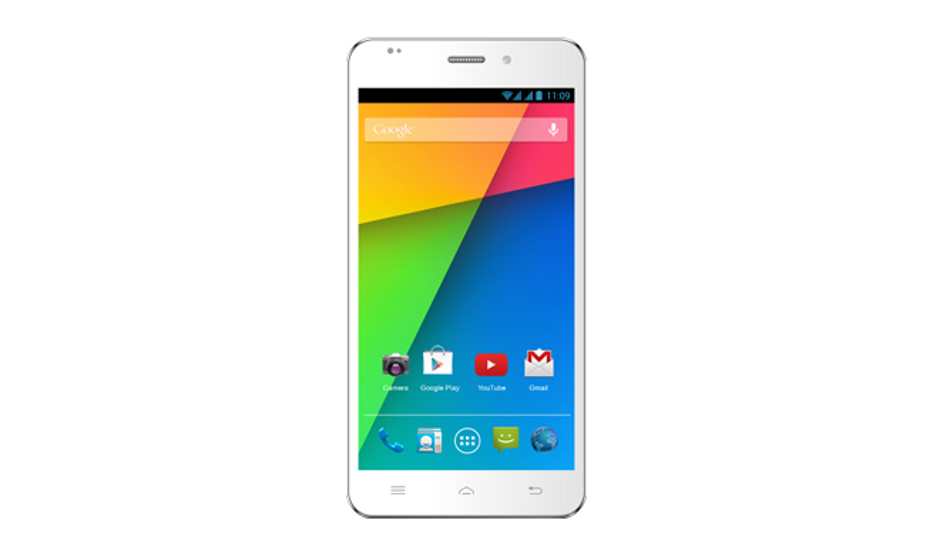
Few Words
Karbonn is currently offering the Titanium Hexa at Rs 14,490 since last three months. Now the Xolo Play 6X-1000 has been tagged at Rs 14,499. Both handsets are priced at a similar pricing point and offer very identical set of hardware. Infact the only visible difference lies in the display and camera department for both devices. For those who are really interested to check out those two features, need to wait for the detailed review of both devices.


